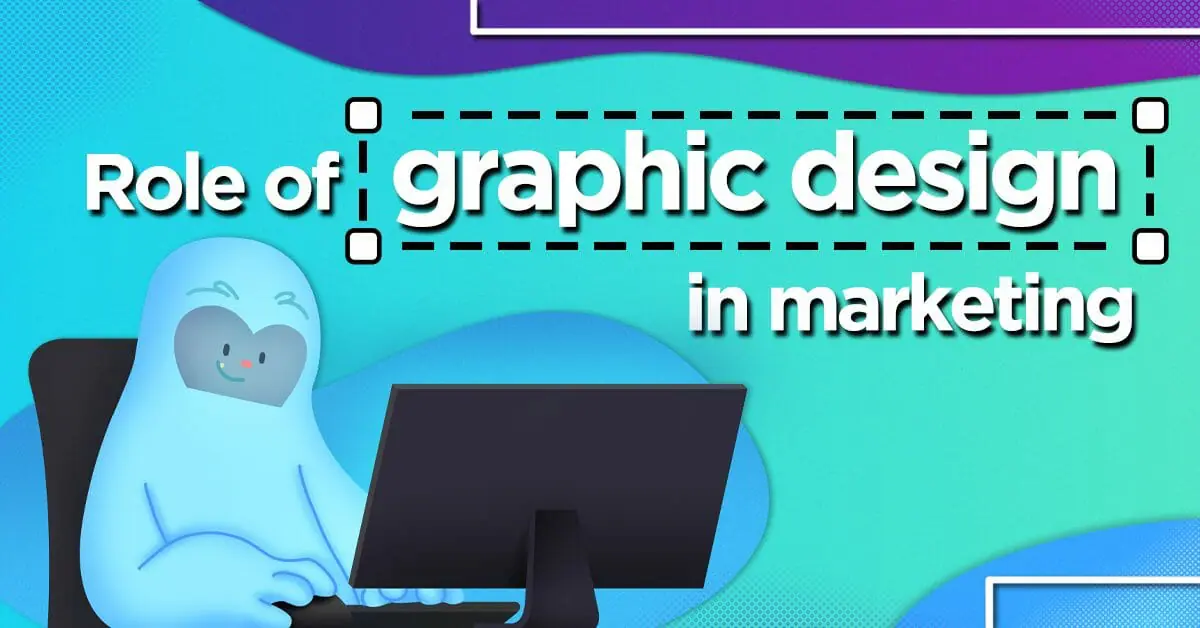1. Brand Identity Strengthening
Consistent Branding: Graphic design makes sure that logos, colors, typography, and visual styles are uniform across all marketing materials.
Recognition: Good graphic design is known to make memorable visuals so that a brand is easily recognizable and relatable.
Trust Building: Marketing assets professionally designed create an aura of credibility and professionalism.
2. Attention Capture
First Impressions: Visuals can help marketing campaigns stand out in a competitive landscape.
Storytelling: Infographics, videos, and illustrations help convey complex messages quickly and effectively.
Emotional Appeal: Colors, forms, and forms move the viewer emotionally.
3. Effective Transmission of Messages
Simplification of Information: Graphic designing tries to transform data into appreciable, easy-to-understand forms such as infographics, charts, and diagrams.
Clarity: Well-designed layouts and visuals ensure that marketing messages come out clear and powerful.
Call-to-Action: Design elements such as buttons, banners, arrows guide users in taking the desired action.
4. Increasing Engagement
Social media: Images from posts, stories, and ad units draw eyes to Instagram and Facebook as much as to any click or Pinterest post, including commenting.
Content Marketing: Illustration on eBook/Whitepapers Blog images make all your readers go there and return there again.
Interactive Elements: An animated version or interactive graphical form boosts the overall interaction.
5. Cohesion for the campaign
Common Identity: Graphics glue a whole project's pieces-the banner to display digital, leaflet for in-the-flyers.
Cross-Channel Presence: Ensures consistency across online and offline platforms, reinforcing the campaign’s message.
Adaptability: Designs are tailored for specific mediums, ensuring effectiveness in print, digital, or environmental displays.
6. Supporting Digital Marketing
Web Design: A visually appealing and user-friendly website boosts SEO and conversions.
Email Campaigns: Custom-designed templates make emails more engaging and professional.
Video Marketing: Motion graphics and animations elevate video campaigns.
7. Driving Conversions
Persuasive Design: Strategic placement of elements like CTAs (Call-to-Actions) encourages users to act.
Psychological Triggers: Colors, fonts, and layouts can influence consumer decisions.
A/B Testing: Graphic elements can be tested to determine what works best for driving sales or sign-ups.
Examples of Graphic Design in Marketing Campaigns
Logos and Branding: Coca-Cola's iconic logo or Nike's swoosh instantly connect with their target audience.
Social Media Graphics: Infographics published on Instagram or Pinterest become a viral sensation because of their visual appeal.
Print Marketing: Flyers, brochures, and posters in line with the digital campaign remind the message through offline media.
Video Graphics: Motion graphics in video advertisements keep viewers engaged and enhances the recall value.
Graphic Design Best Practices in Marketing
Know Your Audience:
Designs are tailored to meet the preferences and behaviors of the target audience.
Simplicity is the focus:
Use minimalism: Simplify the bigger message by keeping it clear and of elegance.
Utilize Brand Guidelines:
Use the defined colors, fonts, and imagery that the brand has established.
Prioritize Responsiveness:
Ensure that designs are great on all devices, especially for digital campaigns.
Test and Optimize
Use information-driven insights to refine graphics to better create more engagement and conversion.


No comments:
Post a Comment